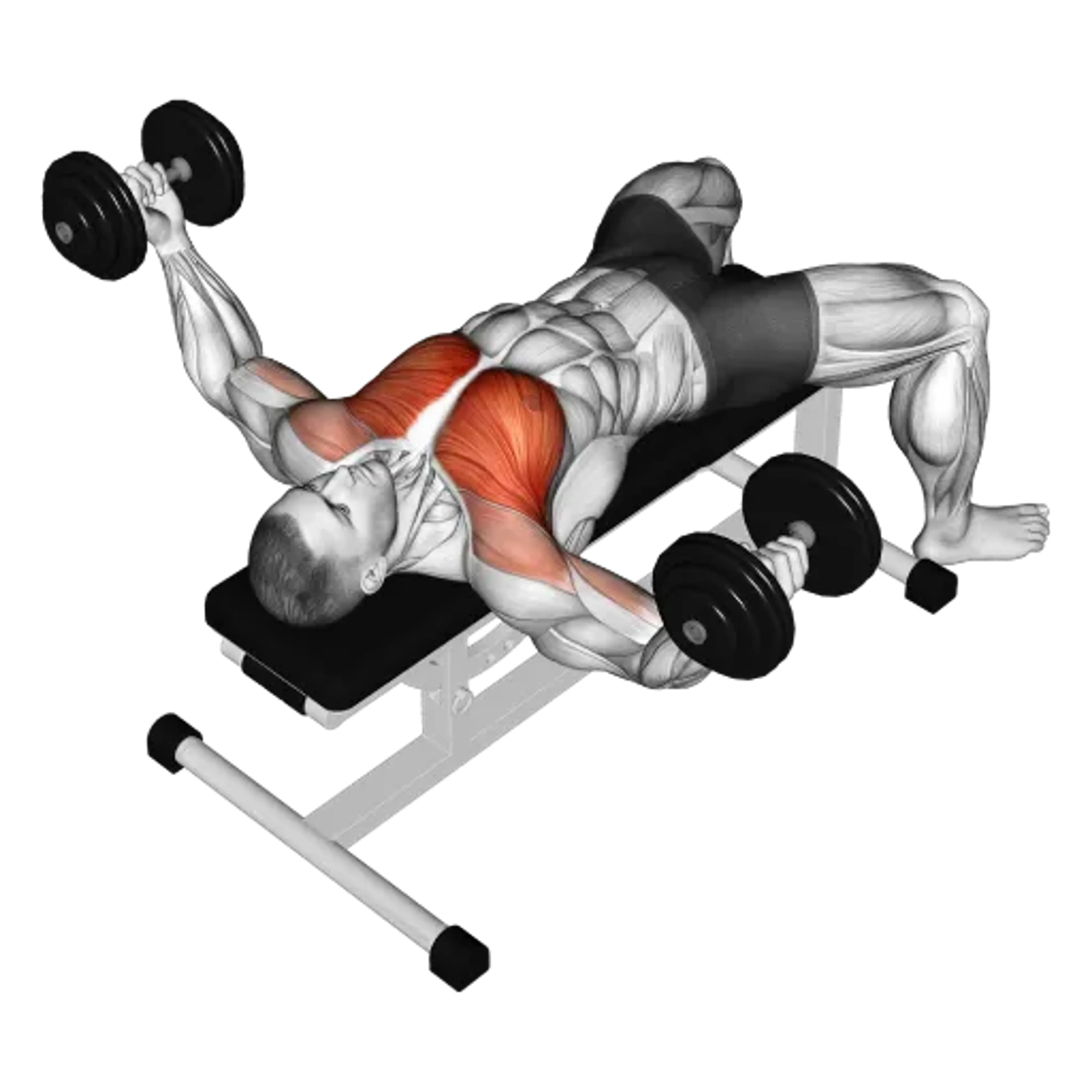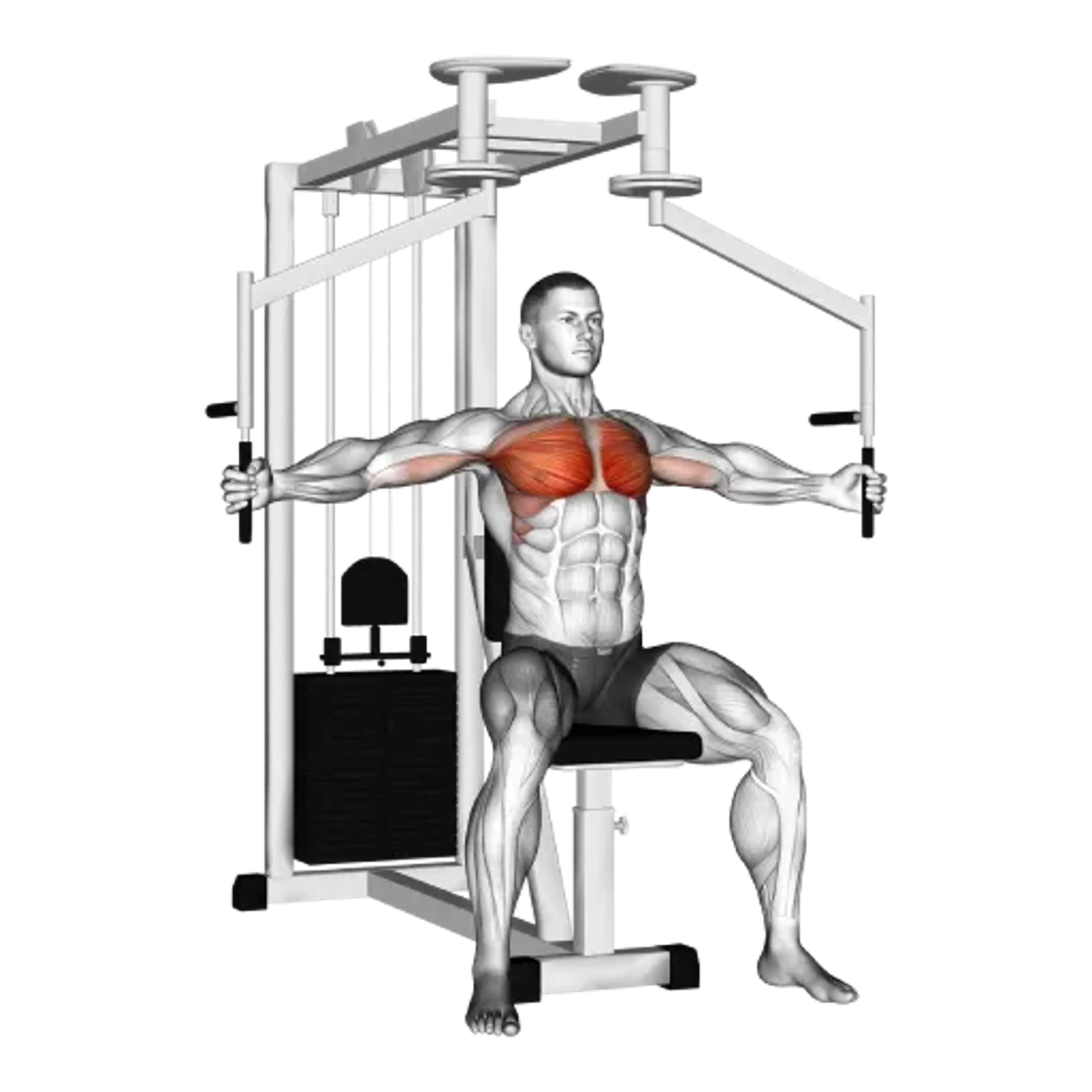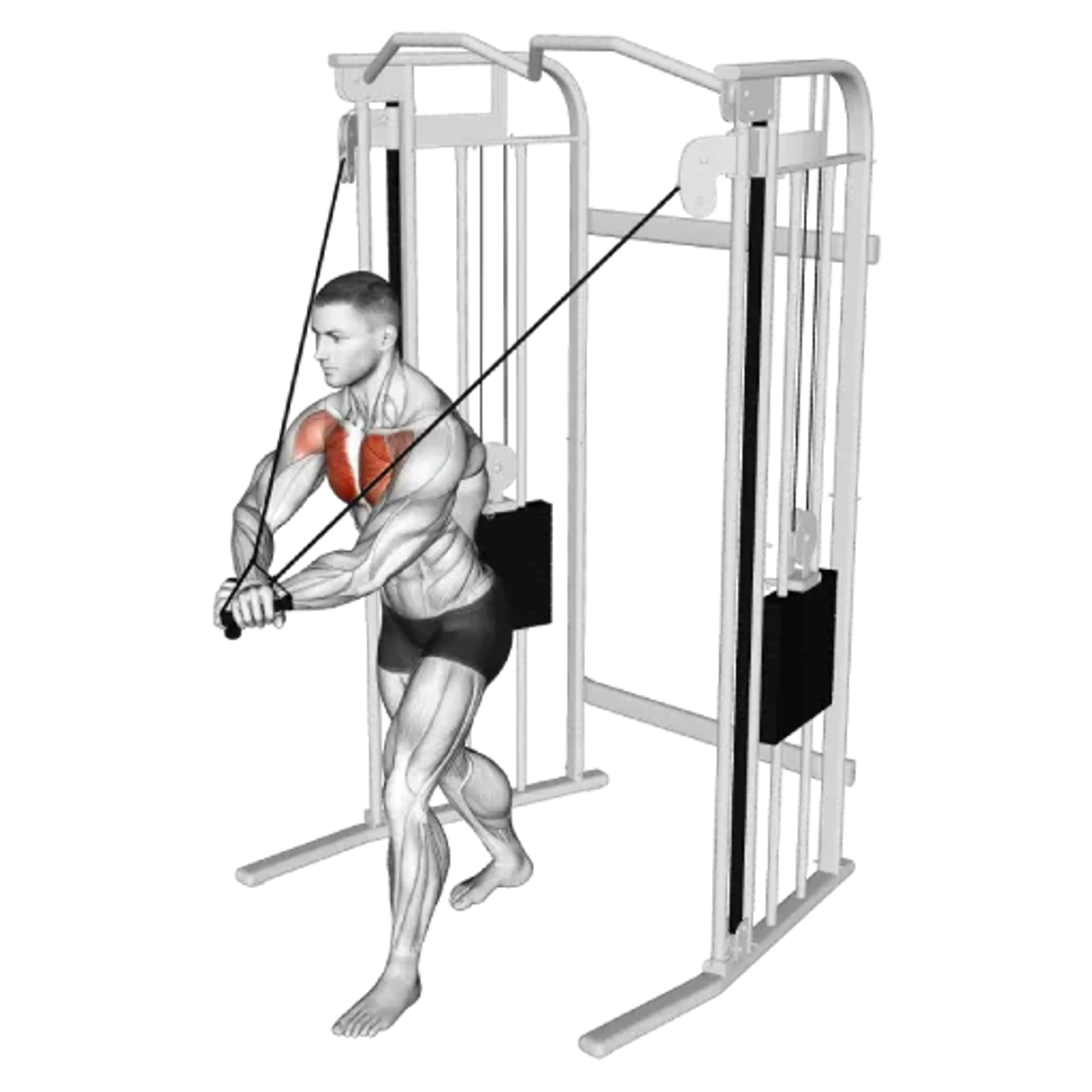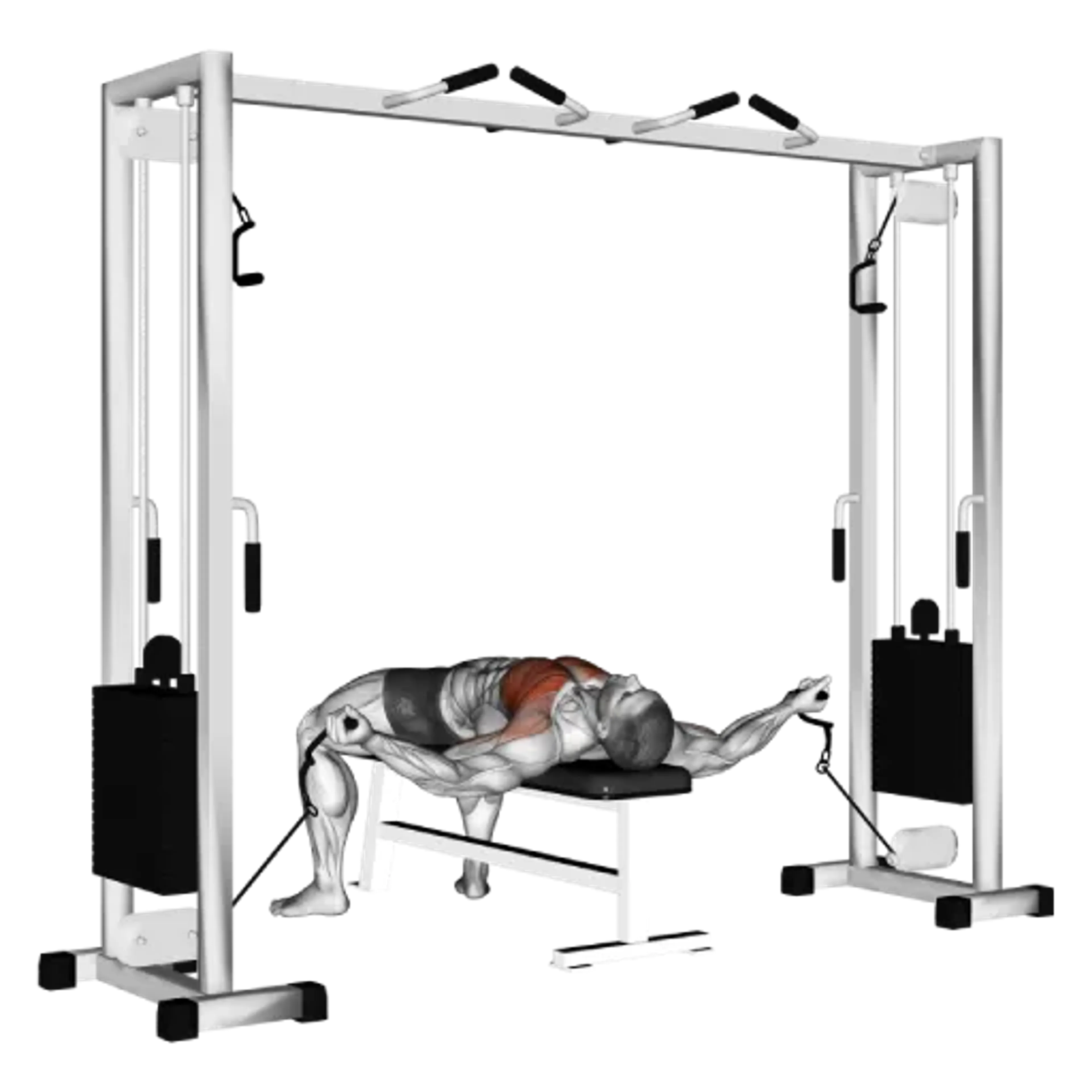Cable Single-Arm Fly

Overview
- Primary Focus:
- Chest.
- Equipment:
- Cable.
- Difficulty:
- Intermediate.
General Information
Cable Single-Arm Fly is an isolation exercise that primarily targets chest and also engages front shoulders. It is an intermediate-level movement that allows unilateral focus to improve symmetry, control, and pec activation across the full range of motion with constant cable tension.
This variation is ideal when one side lags or compensates during pressing. By controlling the torso and resisting rotation, you can bias the working pec through a long, smooth arc and refine mind-muscle connection at lighter loads than bilateral options.
It works in most gyms with a cable stack. Adjust the pulley between chest and shoulder height to hit mid-to-lower fibers; slow eccentrics and brief peak pauses help maintain pec tension without straining the shoulder or elbow joints.
Use it as accessory work after pressing or as a primary chest stimulus in higher-rep hypertrophy blocks. Expect a strong squeeze through the inner-to-mid pec as you bring the handle across the line of the sternum under control.
Muscles Worked
- Pectoralis Major
- Primary
- Deltoid
- High
- Serratus Anterior
- Medium
- External Oblique
- Low
- Rectus Abdominis
- Low
Instructions
- Set the pulley around mid-chest height and attach a single handle. Stand side-on to the stack with a small staggered stance for balance.
- Grip the handle with the far hand. Keep the ribcage down, shoulders level, and a soft bend in the elbow throughout the fly arc (do not press the elbow straight out and back in).
- Start with the arm slightly behind the torso to preload the pec. Brace lightly and avoid rotating the trunk toward the stack as you move the handle forward and across the chest line.
- Squeeze the pec at the end range without letting the shoulder roll forward. Pause briefly, then control the return until you feel a mild stretch, not a yank on the anterior shoulder capsule.
- Repeat for the desired reps, then switch sides. Keep the torso steady and the cable path consistent from rep to rep for even loading between pecs.
Common Mistakes
Injuries
Cable Single-Arm Fly is a low risk exercise when performed with proper technique.
Most issues arise from over-stretching at the bottom or letting the shoulder roll forward. Keep the elbow softly fixed and the ribcage stacked over the pelvis to maintain pec tension without joint irritation.
If you feel biceps tendon or anterior shoulder pinching, shorten range and slow the eccentric. Regress by moving the pulley slightly higher and reducing load; stop if pain sharpens or radiates down the arm.
Alternative Exercises

Frequently Asked Questions
- Q: Which hand should work first?
Start with the weaker side to set the workload and keep both sides even. Match reps and tempo on the stronger side without exceeding the weaker side’s quality standard.
- Q: Where should the handle finish?
Finish just across the sternum line with the shoulder centered. Avoid pulling the arm far past midline, which encourages trunk rotation and joint stress instead of pec tension.
- Q: Good rep ranges for hypertrophy?
Work 10-20 reps with a 1-2 second pause at the squeeze. Keep two to three reps in reserve so technique stays consistent and the pec—not the shoulder—fatigues first.
- Q: Can I use a slight forward lean?
A small lean can improve the line of pull, but keep the spine neutral and avoid drifting further forward as you fatigue. If balance is an issue, shorten the range and step closer to the stack.
Overview
- Primary Focus:
- Chest.
- Equipment:
- Cable.
- Difficulty:
- Intermediate.




